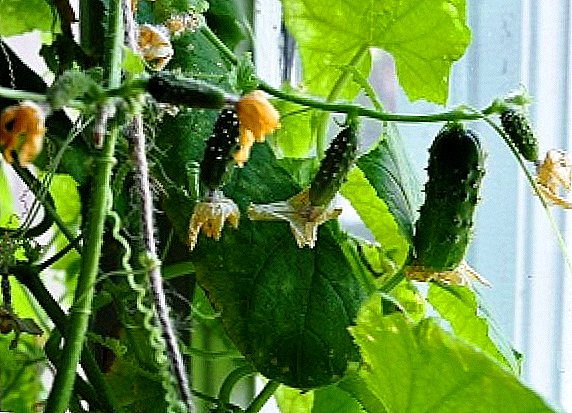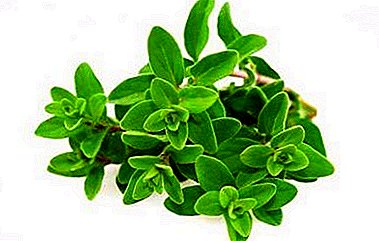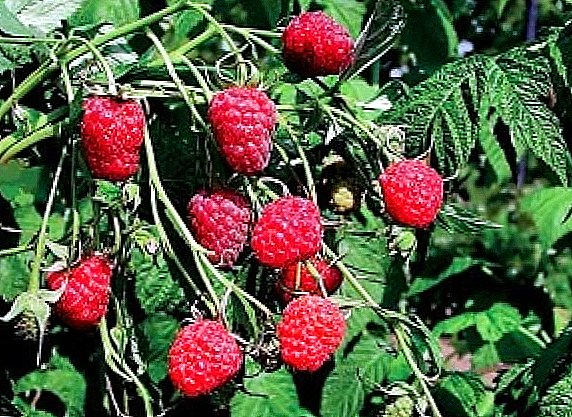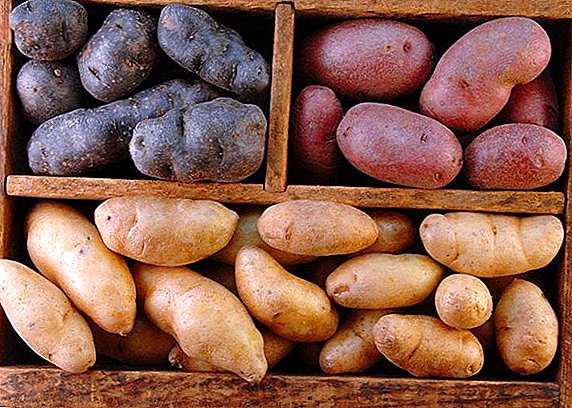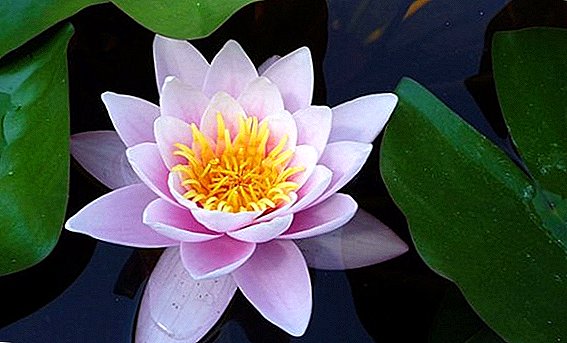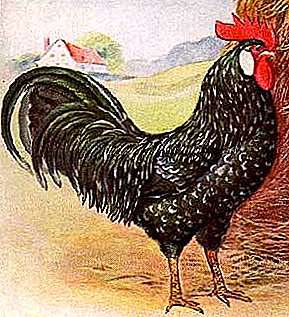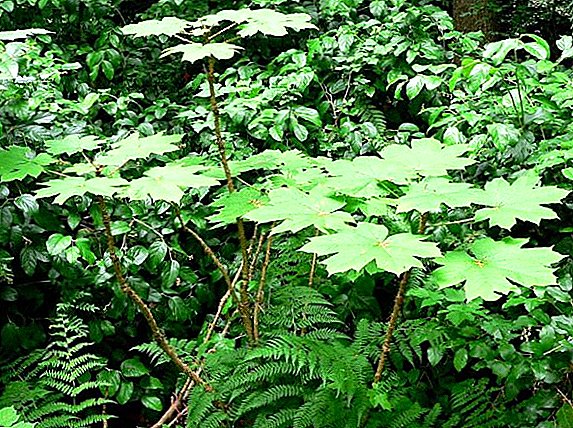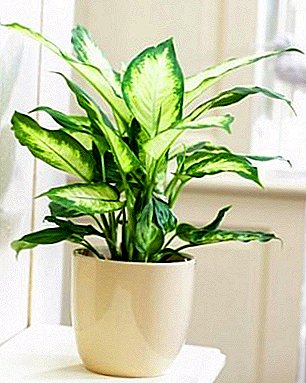
Dieffenbachia is an evergreen plant from the South American tropics. In total there are about 40 species, among which "Camilla". On its thick succulent stems are large lanceolate leaves of cream shade with a light green edge.
At home, Dieffenbachia of any varieties bloom extremely rarely, but some gardeners still manage to achieve a modest inflorescence in the form of a cob. This beauty has only one drawback - its juice is poisonous.
Home care
Care after purchase
Choose the right place for your new pet: spacious, well lit, but without the penetration of hot direct sunlight. For example, a couple of meters from the south window. If the windows do not give enough light, the situation will save artificial lighting.
Watering
 Dieffenbachia loves moisture, but is very demanding on her. Water for its irrigation should be at least separated or passed through a filter, possibly rain or even boiled. The presence of lime in it is unacceptable.
Dieffenbachia loves moisture, but is very demanding on her. Water for its irrigation should be at least separated or passed through a filter, possibly rain or even boiled. The presence of lime in it is unacceptable.
Watering requires abundant, but within reason, without stagnant moisture. In winter, the usual amount of water is reduced, but the ground in the tank should not be brought up to complete drying.
Water Camilla loves not only in the form of irrigation, but also in the form of spraying, as well as rubbing leaves. A warm shower in the bathroom is possible if the plant is small.
In this case, you need to carefully monitor that the water does not fall on the soil in the pot and do not wash it.
Bloom
Rare flower growers manage to surround the capricious Dieffenbachia with such perfect conditions in which it would blossom. But the most diligent can be lucky, and in April or May they can see how the flower-cob appears in the cream-green "bedspread" from the leaf's cinsel.
It fades quickly, after which the faded inflorescence must be cut off so that it does not take away the nutrients from the plant. The fruit is an orange-red berry - naturally inedible.
Crown formation
To Camilla retained its impressive appearance, you need to get rid of damaged leaves. Also pruning is necessary if Dieffenbachia grows too fast. The trimming procedure must be carried out with gloves.
Blot each damaged leaf with a napkin so that it absorbs the poisonous juice from the "wounds" and then cut it off with a knife or blade with an alcohol knife or a part of the plant stem.
Sections should also be dried with a napkin and sprinkled with crushed coal.
A photo
In the photo below you can appreciate the appearance of Dieffenbachia "Camilla":





Priming
The optimum composition of the land for Dieffenbachia: leafy ground, peat, crushed sphagnum moss and fine river sand, all this is desirable in a ratio of 2: 1: 1: 0.5. You can add charcoal.
The soil should be periodically loosened.
In the spring and summer, Dieffenbachia is fed with liquid mineral or organic fertilizer for indoor plants. It should not be lime. It is recommended to carry out top dressing about once every 10 days.
The dose of fertilizer should be half the recommended one.
Planting and transplanting
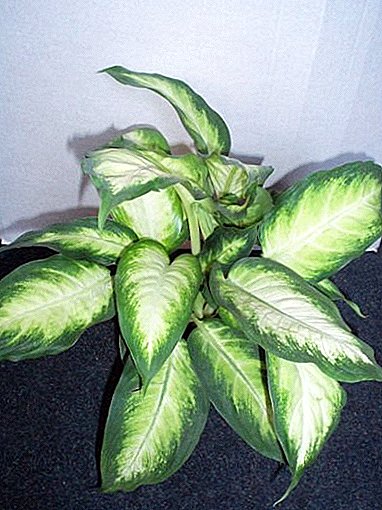 The minimum frequency of transplantation of Dieffenbachia is once every three years. However, sometimes this procedure is required to be carried out twice a year. It all depends on the speed of its growth.
The minimum frequency of transplantation of Dieffenbachia is once every three years. However, sometimes this procedure is required to be carried out twice a year. It all depends on the speed of its growth.
An "housewarming" flower is required when its root system fills absolutely the entire pot.
The best time for relocation is from February to May. A new tank should be only a couple of centimeters larger in diameter than the previous one, but no more - the extra earth in an overly large pot can sour over time and provoke rotting of the roots.
A drainage layer is laid out on the bottom of the new pot, and then the plant is rolled over along with the earthy clod, if the soil is in good condition (without pest larvae and rot traces). It will need to be cleared of fragments of the former drainage.
ATTENTION! Juice Dieffenbachia is poisonous, so all manipulations with it require careful adherence to security measures. Don't forget about gloves.
Breeding
There are several ways of breeding Dieffenbachia. It is best to exercise them from May to September.
Apical cuttings. Cut the top off, dry the cut with a napkin so that it absorbs the poisonous juice. Put the cutting into water, moss, moistened sand or into peat-sand mixture.
It is necessary to provide heat at 21-24 degrees, protection from the direct rays of the sun and regular spraying. When the roots will grow by 2-3 cm, the stalk can already be planted in a special substrate for home Dieffenbachy.
Stem cuttings. If the plant is old, with a bare trunk, it can be given a second life. Cut the bare trunk into pieces, each of which will have at least one node in the middle.
In the seals, where the leaves used to be, the buds sleep. Put them on a moistened peat-sand mixture so that the buds are directed upwards and cover with a transparent film.
The optimum temperature for rooting: +25. When the roots appear, plant sprouts in a permanent place, using the usual substrate for your Dieffenbachy.
ATTENTION! If you have completely cut off all the stems of an old plant, do not throw away the stump. Continue to water it, and soon it will start up new shoots. When each of them will have the first 2-3 leaves, cut the sprouts and plant in the ground.
Air layouts. Make a small incision on the stem and insert a match or sliver into it to prevent it from closing. Then wrap it with moistened moss, and over the moss with a transparent film.
Gently secure it with tape or thread above and below the notch. Soon, the roots will sprout under the film, and then a part of the stem together with them must be cut off, and carefully removing the polyethylene, planting the layers in the usual substrate along with the moss.
The division breeds only bush Dieffenbachia. The bush can be dug out from one side or completely and divided with a knife into several parts with shoots and root suckers, and then planted in different pots.
Temperature
In summer, the optimum temperature for Camilla is 20-30 degrees Celsius. In winter, in no case should it fall below +15. A sharp cooling or drafts are unacceptable - they will provoke leaf fall.
Benefit and harm
 Juice Dieffenbachia is poisonous: on contact with mucous membranes or on the skin, it causes burning, redness, swelling and even a slight temporary numbness.
Juice Dieffenbachia is poisonous: on contact with mucous membranes or on the skin, it causes burning, redness, swelling and even a slight temporary numbness.
If it gets into the stomach, it is likely to provoke more serious problems: it will cause vomiting and paralyzes the vocal cords.
Therefore, the plant should stand in a place where neither children, nor pets and birds can reach. If the above troubles still occur, you must thoroughly rinse your mouth, drink activated charcoal and do not neglect the consultation with your doctor.
However, if you do not deal with the sap of the plant, Diffenbachia will bring benefits. It cleans the air in the room from various toxins.
The air is also well cleaned: Anthurium, Ficus Benjamin Kinki, Peperomiya tuberous, Hoya Carnoza, Deciduous Begonia, Dracaena Fragrant (Frahrans), Dieffenbachia Spotted and some others.
Scientific name
Dieffenbachia Spotted Camilla (Dieffenbachia maculata Camille)
Diseases and pests
The main enemies for Dieffenbachia are aphids, thrips, spider mites, shchitovki, and well-known growers of floury mealybugs.
They must be removed from the plant with a sponge well moistened with soapy water. Then the flower should be well washed. If the plant is severely affected by pests, it is necessary to treat it with a solution of actellic or karbofos, dissolving 15 drops in a liter of water.
An incurable disease for Dieffenbachia is bacteriosis, manifested by watery patches on the leaves.
Root rot can be reported by a light gray bloom, yellowing or withering of the leaves. In this case, you need to immediately transplant the plant into a new disinfected soil, and process it with a systemic fungicide.
Rotten areas of the root system need to be cut with a sterile tool, process cuts with crushed coal or ground cinnamon. And henceforth it is necessary to water Dieffenbachia less and more moderately.
Also, young leaves may turn yellow, dry and fall due to improper care (cold, drafts, hard water or a significant lack of fertilizer). However, the drying of old leaves can signal the inevitable aging of the plant.
ATTENTION! The best prevention for Dieffenbachia - the right care for her. In this case, the plant is not exposed to any ailments or pests.
Conclusion
Under favorable conditions and error-free care at home, Dieffenbachia "Camilla" grows amazingly fast. In five years, it can reach a height of two meters or more.


